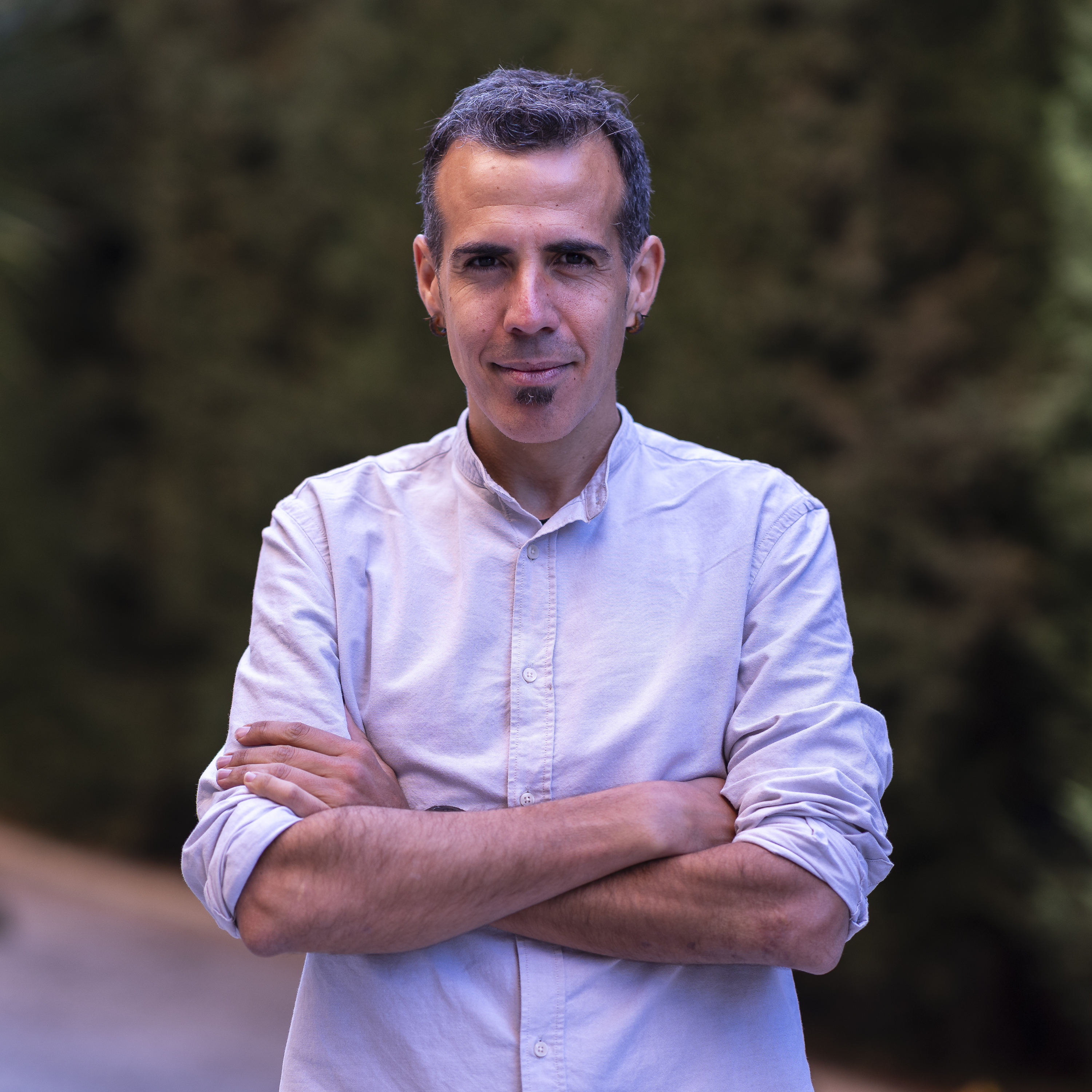
About me:
I was born in the south-west of Spain, in Huelva, where I lived until finishing high school. I obtained my Bachelor's Degree in Physics at the Universidad de Sevilla (US), spending one year at the Universidad Autónoma de Madrid (UAM). I performed a Master's Degree at the Institut für Kernphysik of the Münster Universität (Germany), with a master thesis about laser spectroscopy on highly charged ions with the LiBELLE experiment of the SPECTRAP Collaboration. I also worked one year at the Instituto de Astrofísica de Andalucía (IAA-CSIC) in Granada (Spain), where I joined the MAGIC Collaboration for the study of very high-energy gamma rays.
In 2011, I joined the gamma-ray astrophysics group of the Instituto de Física d'Altes Energies (IFAE) in Barcelona (Spain), to start my PhD research within the MAGIC and CTA Collaborations. My PhD thesis, focused on studies of Pulsar Wind Nebulae (PWNe) and Cataclysmic Variables with MAGIC as well as development of trigger systems for Imaging Atmospheric Cherenkov Telescopes (IACTs, including CTA), obtained the maximum qualification in 2015 - Excellent Cum Laude (with International Doctoral Research Component for the work done in foreign institutes during this period). My thesis was also awarded with the Extraordinary Doctorate Award by the Universitat Autònoma de Barcelona (UAB) and with the Springer Theses Award (nominated as an outstanding PhD research by UAB), with the corresponding publication by the Springer editorial.I worked two years as postdoc in the Max Planck Institut für Kernphysik (MPIK) in Heidelberg (Germany), involved on the analysis of Galactic sources with the H.E.S.S. telescopes and HAWC, and on the upgrade of the HAWC Observatory. In 2017, I obtained the Italian-national INFN Postdoctoral Fellowship in experimental physics and moved to the astrophysics group of the Istituto Nazionale di Fisica Nucleare (INFN) in Padova, where I continued my research in the very high-energy cosmic and gamma-ray fields within the MAGIC, SWGO and CTA Collaborations. Since 2019, I develop my work at INFN-Padova with the European Marie Skłodowska Curie - Fellini Fellowship. In 2022, I started a Ramon y Cajal (tenure-track) fellowship at IAA-CSIC, still involved in the LST, CTA and MAGIC collaborations.
I am currently the Galactic Working Group Coordinator of the LST Collaboration, the Analysis Software Deputy coordinator of the Large-Sized Telescope (LST) of CTA (both coordinating more than 100 members), member of the Executive Board of the LST, the Galactic coordinator of SWGO and that of the Deep Learning group of MAGIC. I have published more than 200 articles, 15 of them to which I gave a significant contribution through the coordination of working groups, internal refereeing or supervision of the leading author and 23 papers as one of the main authors, including the high impact ones "Extended gamma-ray sources around pulsars constrain the origin of the positron flux at Earth" (Science, Volume 358, pp. 911-914, 2017) and "Undiscovered pulsar in the Local Bubble as an explanation of the local high energy cosmic ray all-electron spectrum" (Physical Review Letters, 121, 251106, 2018), "Gamma-ray haloes around pulsars as the key to understanding cosmic-ray transport in the Galaxy" (Nature Astronomy, 6 (2022) 2, 199-206), "Gamma rays reveal proton acceleration in thermonuclear novae explosions" (Nature Astronomy, 2022) and "On the potential of bright, young pulsars to power ultra-high gamma-ray sources" (ApJ Letters, 930 L2, 2022). See Publications section for more information.
I mentor young scientists through teaching at master and PhD courses and supervise master, PhD and postdoc researchers. I also actively participate in outreach activities, such as the European Researchers' Night or the International Cosmic Day, and educational CTA events, as member of the CTA Outreach Committee.